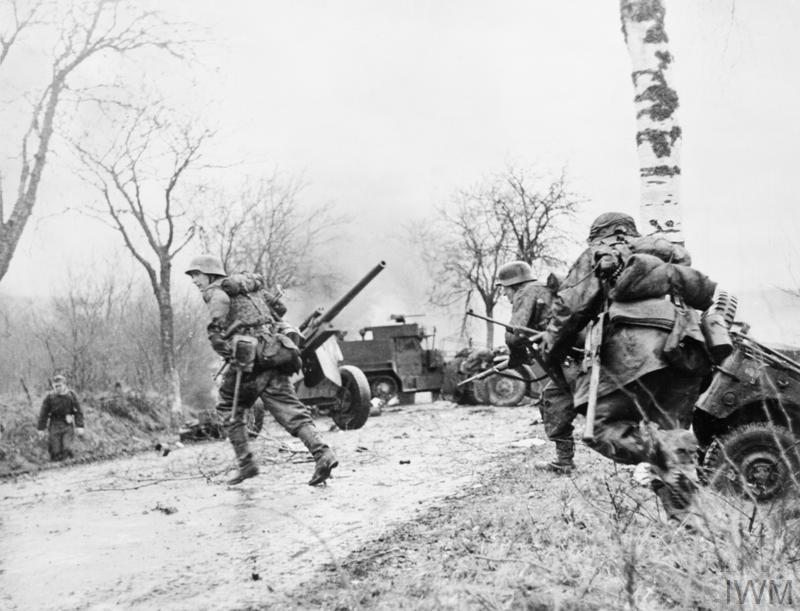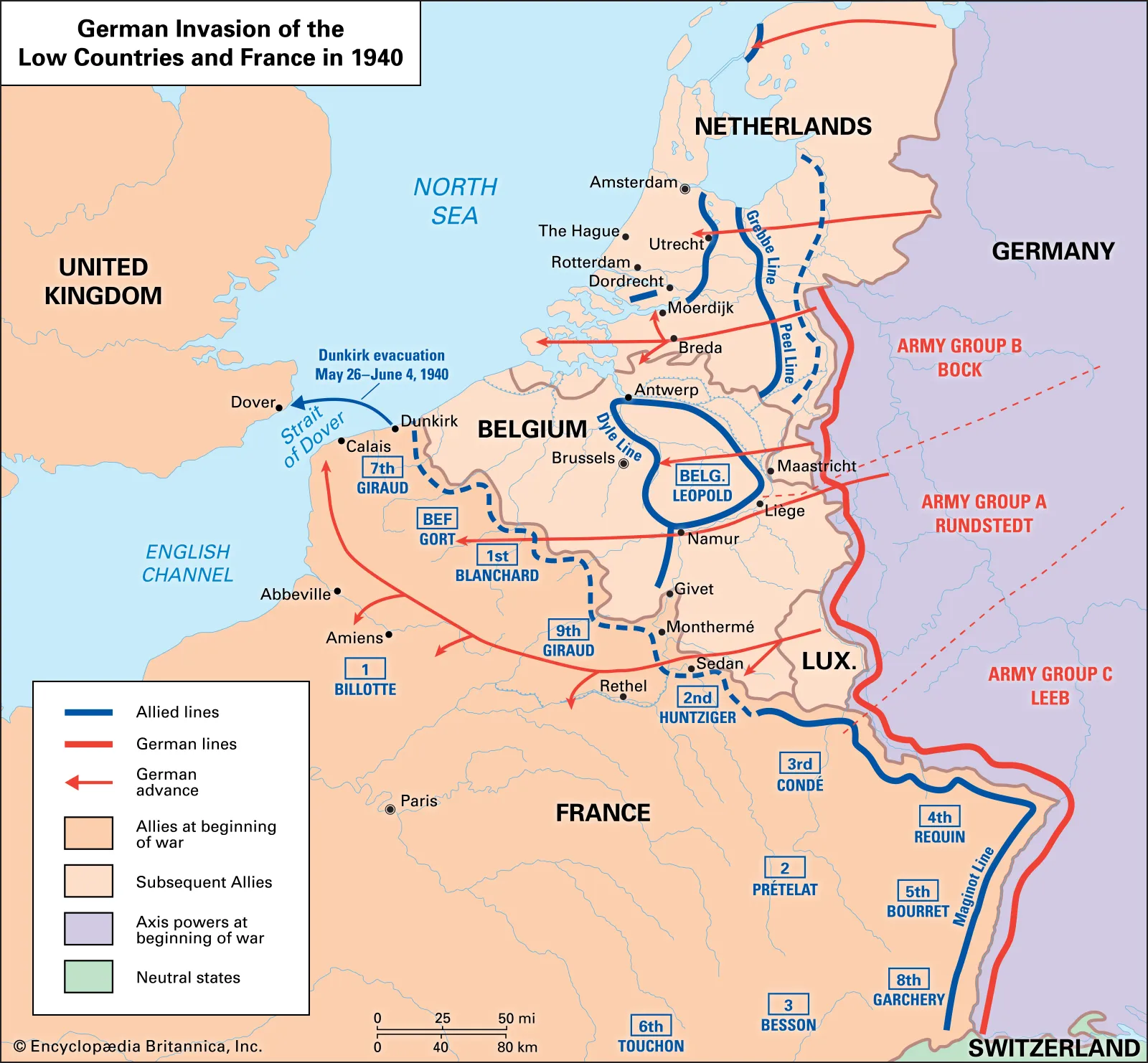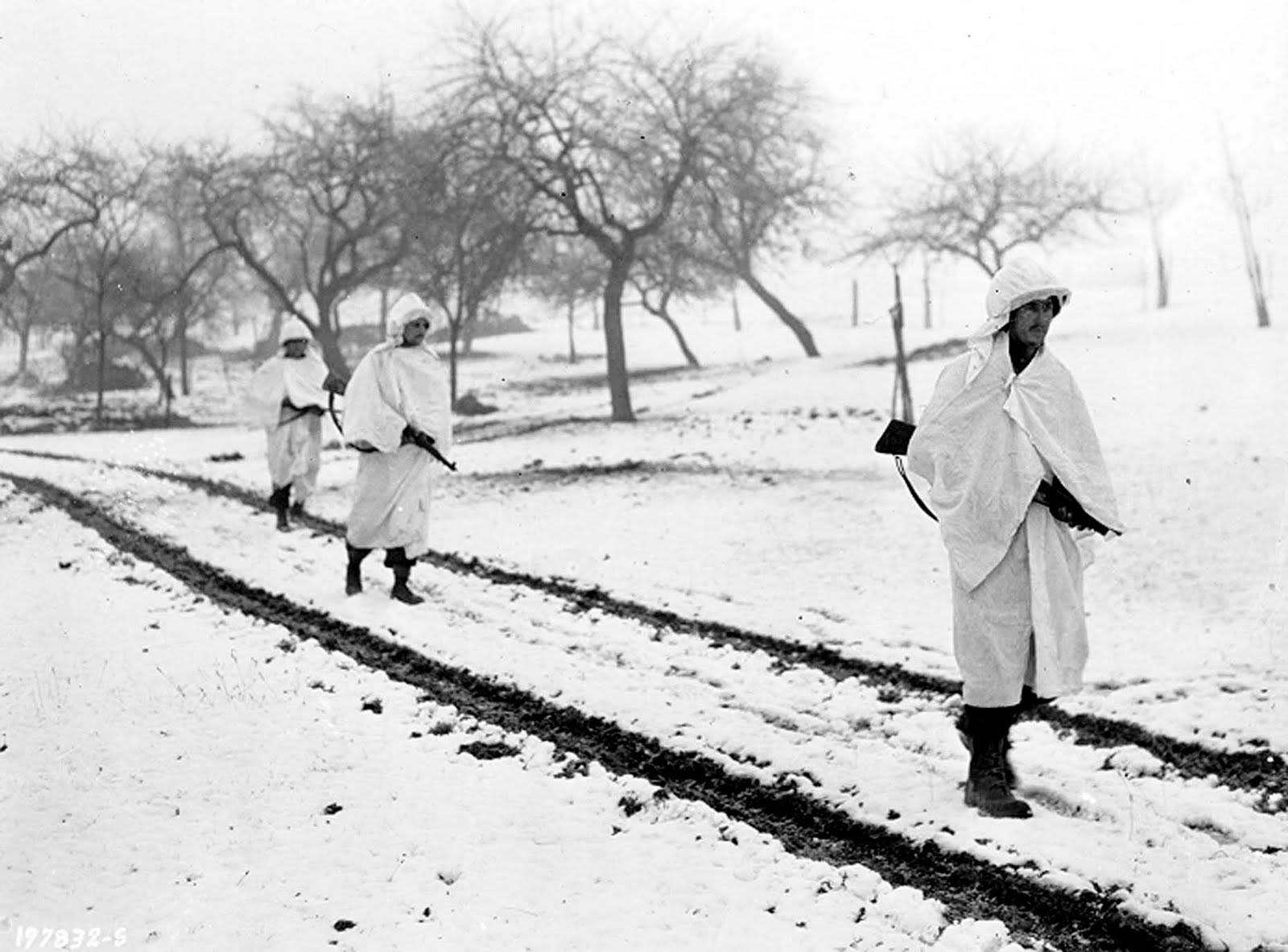How Weather Shaped the Battle of the Bulge
Fog, Snow, and Blue Skies: How Weather Shaped the Battle of the Bulge
By Jarod Clark — August 13, 2025
The Battle of the Bulge (December 16, 1944–January 25, 1945) was a fight against the enemy and the elements. Fog and low cloud first grounded Allied aircraft and cloaked German movements; then a hard freeze and clear skies flipped the script, unleashing Allied airpower and choking German logistics. In short: bad weather aided surprise; good weather enabled reversal. Ibiblio
Why weather mattered
German planners deliberately timed their Ardennes offensive to coincide with poor flying weather, betting that fog and low clouds would suppress Allied air superiority and hide their buildup and initial thrust. Early conditions did exactly that, “veiling the attacker with fog and mist” and degrading aerial reconnaissance. Ibiblio
Phase 1 — Breakthrough under cover (Dec 16–22, 1944): Weather favors Germany
The opening week brought a messy mix—fog, mist, thaw, then patchy refreezing—that limited Allied air, complicated American reaction, and helped German spearheads achieve local breakthroughs. The thaw slowed tanks and turned roads slick and muddy, but the overall effect of grounded Allied aircraft and surprise aided the attackers during this phase. Ibiblio
Phase 2 — “Blue-sky” counterpunch (Dec 23–27): Weather favors Allies
On December 23, an eastern high-pressure system (“Russian High”) cleared the skies over the Ardennes. With visibility restored, Allied air forces pounded German columns and bridges and—crucially—resupplied the 101st Airborne at Bastogne by air, including pathfinder-guided C-47 drops. Over the next five days, Allied air flew thousands of sorties, blunting German momentum and lifting besieged morale. JMilStratStudiesU.S. ArmyGovInfoWikipedia
Phase 3 — Deep freeze and blizzards (Dec 28–Jan 3): Mixed, but favors defense
Arctic air and heavy snow returned, bringing blizzards, drifts, and poor ground-level visibility. Movement bogged down; riflemen exhausted themselves wading snow; exposure casualties mounted. The freeze gave both sides sure footing at times, but overall it slowed offensive action and punished logistics—especially the Germans, whose supply roads in the Eifel jammed under continuous snowfall and limited snow removal. On January 3, the Allies began their final counterattack in these brutal conditions. Ibiblio
Cold injuries: the hidden casualty driver
During the fall–winter of 1944–45, the U.S. Army in Europe recorded roughly 46,000 to 71,000 cold-injury cases (including trench foot/frostbite), reflecting inadequate winter gear early on and relentlessly wet, sub-freezing weather. Achh Army+1
A clear-sky twist — January 1, 1945 (Operation Bodenplatte)
Clear, cold weather on New Year’s Day allowed the Luftwaffe to launch Operation Bodenplatte, a surprise low-level strike on Allied airfields. Although the attack damaged many aircraft on the ground, German pilot losses were irreplaceable, and Allied air dominance quickly reasserted itself. WikipediaHistoryNet
Bottom line: Who did the weather favor?
- Dec 16–22: Low cloud/fog favored Germany (surprise, limited Allied air). Ibiblio
- Dec 23–27: Clear, cold skies favored the Allies (air interdiction and Bastogne resupply). JMilStratStudies U.S. Army
- Dec 28–Jan 3: Deep freeze/blizzards favored the defense, slowed maneuver, and stressed German logistics; Allies attacked anyway on Jan 3 amid severe conditions. Ibiblio
- Jan 1 window: Clear skies enabled Bodenplatte, but at unsustainable Luftwaffe cost; strategic balance still favored the Allies. Wikipedia
Visual: Weather Phases & Who They Favored
Download the timeline graphic
This simple timeline shows each weather phase from Dec 10, 1944 through Jan 3, 1945 with the side it most advantaged.
Sources & further reading
- Hugh M. Cole, The Ardennes: Battle of the Bulge (CMH): Epilogue “The Weather” (clear skies on Dec 23; five days favor Allies; deep freeze/blizzards into early Jan; logistics impacts). Ibiblio
- U.S. Army: Pathfinder-led Bastogne resupply and sortie counts after Dec 23. U.S. Army
- National WWII Museum overview: Germans chose bad weather to neutralize Allied air; clear skies on Dec 23 flipped conditions. National WWII Museum
- AMEDD histories: Cold-injury totals in ETO, winter 1944–45. Achh Army+1
- Operation Bodenplatte timing: Clear weather New Year’s Day. Wikipedia


